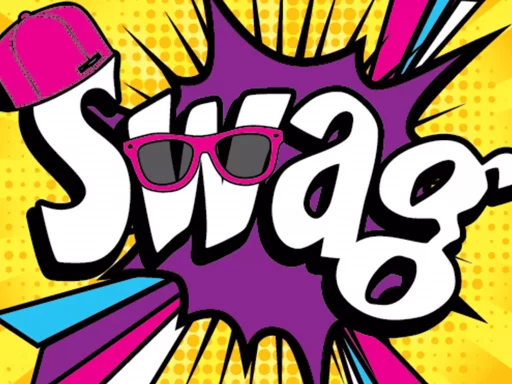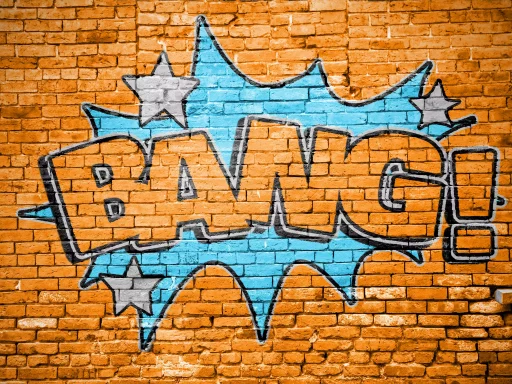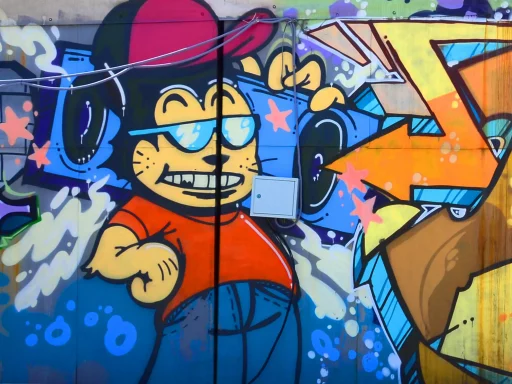Understanding the Term ‘Bars’
The term ‘bars’ is primarily associated with the drug Xanax, which is a brand name for the medication alprazolam. This information is crucial as its usage in slang reflects a larger context of drug culture, abuse, and social implications. Understanding this terminology is essential for parents, educators, and health professionals.
What are Bars?
In street slang, ‘bars’ refers specifically to a small, rectangular pill of Xanax, which is often taken recreationally for its sedative effects. Users seek a sense of calm and euphoria, but they also face risks of addiction and overdose.
The Rise of Xanax in Pop Culture
Xanax has permeated popular culture significantly in recent years. Various music genres, particularly hip-hop, reference ‘bars’ in their lyrics, highlighting its prevalence among young adults and teenagers.
- Example: Rapper Lil Peep famously mentioned Xanax in several of his songs, which helped popularize its use.
- Example: Artists like Future and Lil Uzi Vert also reference Xanax, causing fans to identify with these substances.
Statistics on Xanax Abuse
The misuse of Xanax and other benzodiazepines is a growing concern among health professionals and law enforcement. Some critical statistics include:
- According to the National Institute on Drug Abuse, nearly 30% of people who are prescribed benzodiazepines misuse them.
- The Substance Abuse and Mental Health Services Administration reported a significant increase in emergency room visits related to Xanax overdoses.
- A study published in the American Journal of Psychiatry found that approximately 10% of young adults reported using Xanax recreationally.
Health Risks Associated with ‘Bars’
While Xanax can be useful for treating anxiety and panic disorders, its potential for abuse leads to multiple health risks:
- Addiction: Regular use can lead to physical dependence and addiction.
- Overdose: Combining Xanax with other substances, particularly opioids and alcohol, increases the risk of fatal overdose.
- Withdrawal Symptoms: Discontinuing Xanax can lead to severe withdrawal symptoms, including seizures, leading to emergency interventions.
Real-Life Case Studies
To illustrate the impact of Xanax abuse, it’s essential to look at real-life examples:
- Case 1: A 20-year-old male took Xanax recreationally, resulting in an overdose. His friends had to call 911 after he became unresponsive at a party.
- Case 2: A young woman in her mid-30s reported that her life spiraled out of control after developing an addiction to Xanax, which began as a prescription for anxiety.
Preventative Measures and Intervention
Addressing the issue of ‘bars’ in society involves prevention efforts and intervention strategies:
- Education: Teaching young people about the risks associated with Xanax abuse can deter misuse.
- Support Systems: Creating support systems for individuals struggling with addiction can improve recovery outcomes.
- Law Enforcement: Stricter regulations around prescription drugs can limit access for potential abusers.
Conclusion
Understanding what ‘bars’ means in relation to Xanax is essential in combating the ongoing drug epidemic affecting our communities. Awareness, education, and support can make a significant impact in reducing the prevalence of drug abuse among our youth. By recognizing the signs and being informed, we can work towards prevention and recovery.






